From Black Gold to Boomtowns: Discovering America's Most Profitable Oil Fields
23 Aug, 20237:00Oil production has long been a vital industry for the United States, contributing significan...
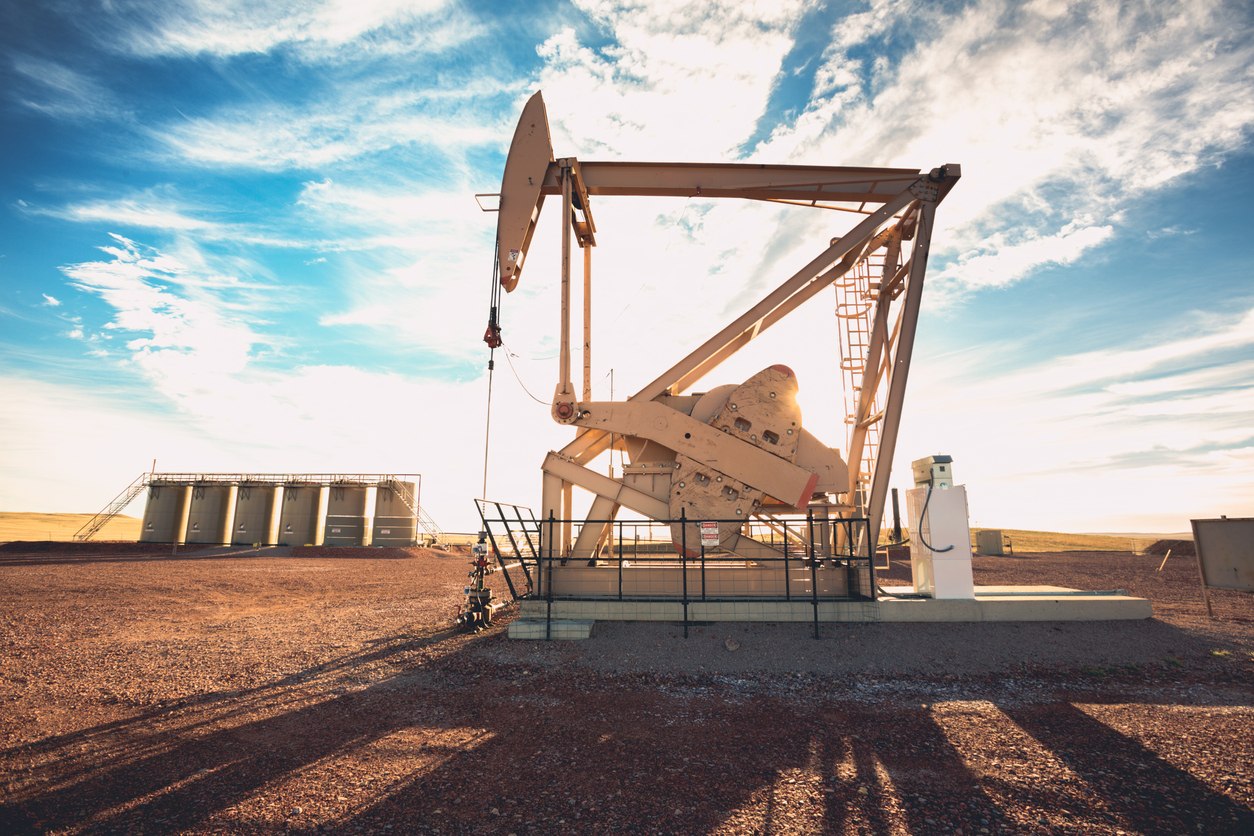
Oil production has long been a vital industry for the United States, contributing significantly to the nation's energy needs and economic growth. The country boasts numerous oil fields, but some stand out for their massive reserves and production capacities.
This article will explore the top 10 largest oil fields in the United States, providing detailed insights into their locations, production capacities, reserves, and significant facts.
Prudhoe Bay Oil Field, Alaska
Located on the North Slope of Alaska, the Prudhoe Bay Oil Field is the largest in the United States and one of the largest in North America. Discovered in 1968, it covers an area of approximately 213,543 acres. With estimated recoverable reserves of about 25 billion barrels, it has significantly contributed to the United States' oil production for decades. The field has a peak production capacity of around 1.5 million barrels daily.
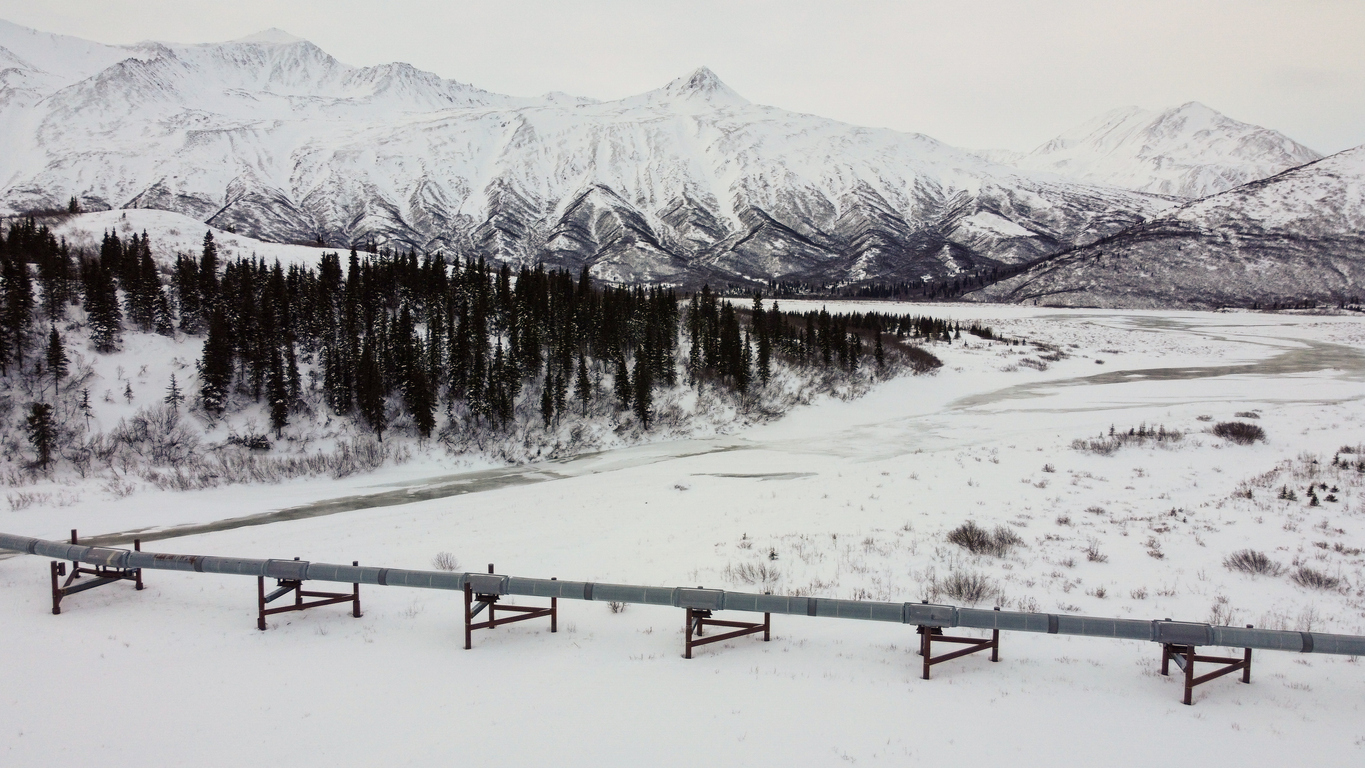
Eagle Ford Shale, Texas
Situated in South Texas, the Eagle Ford Shale is one of the largest unconventional oil fields in the United States. It spans over 26 counties and covers approximately 20,000 square miles. The field's recoverable reserves are estimated to be around 10 billion barrels of oil equivalent (BOE). With a peak production capacity of over 1.7 million barrels of oil daily, the Eagle Ford Shale has been crucial in boosting U.S. oil production in recent years.
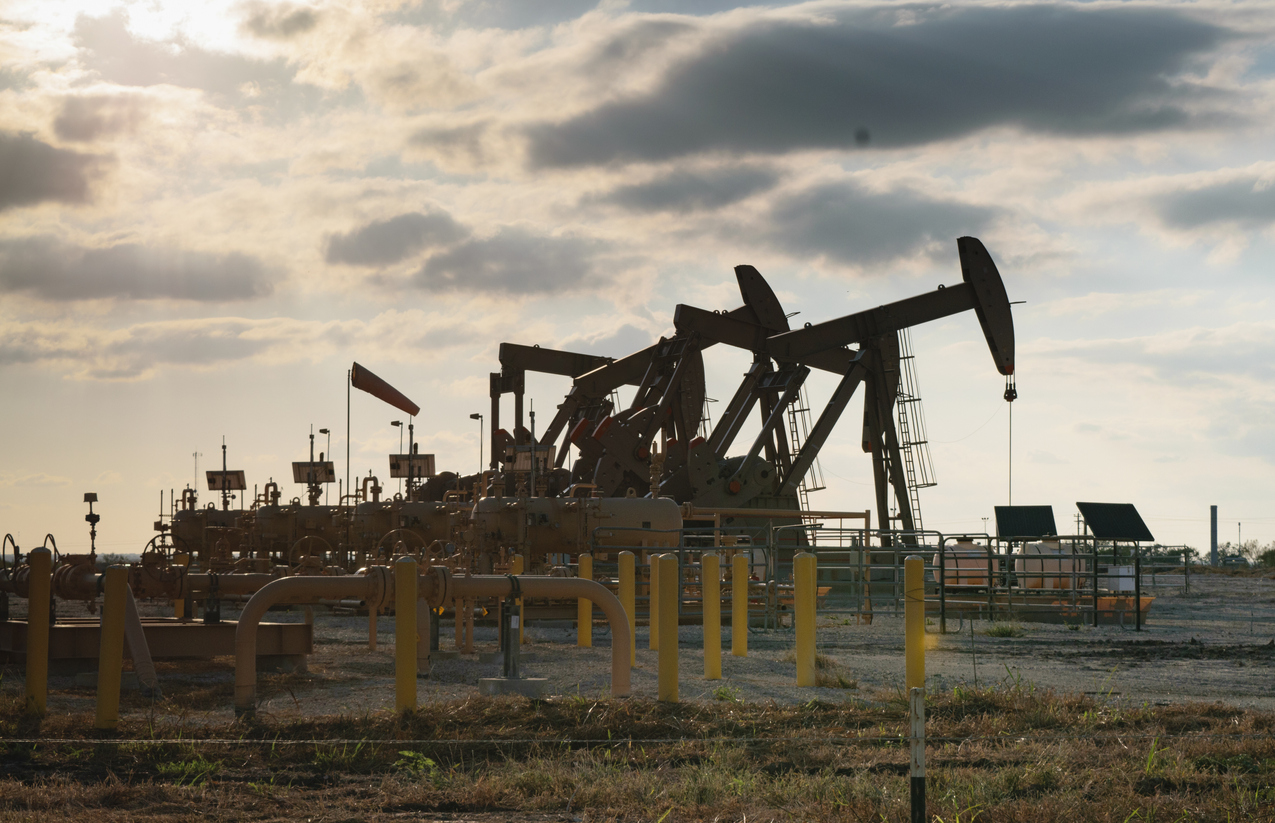
Bakken Formation, North Dakota
The Bakken Formation, primarily located in North Dakota, is another significant oil field in the United States. It extends into Montana and parts of Canada as well. With estimated recoverable reserves of around 7.4 billion barrels of oil, the Bakken Formation has been a game-changer for the U.S. energy industry. It has a peak production capacity of approximately 1.4 million barrels per day and has helped the United States reduce its reliance on foreign oil.
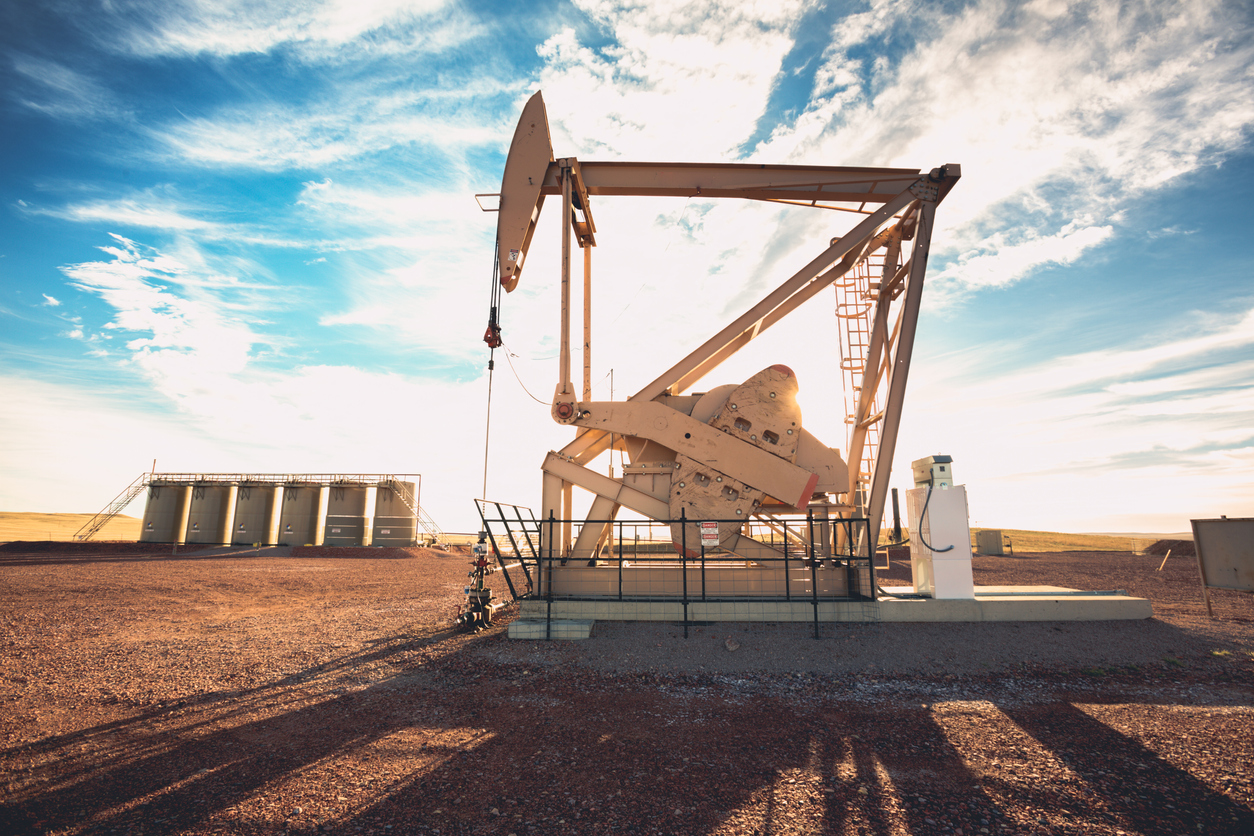
Permian Basin, Texas and New Mexico
Stretching over West Texas and southeastern New Mexico, the Permian Basin is one of the most prolific oil fields in the United States. It covers an enormous area of approximately 86,000 square miles. The Permian Basin is known for its diverse geological formations, including the Wolfcamp, Bone Spring, and Spraberry formations. With recoverable reserves estimated at around 46 billion barrels of oil equivalent (BOE), it is the largest oil field in terms of reserves in the United States.
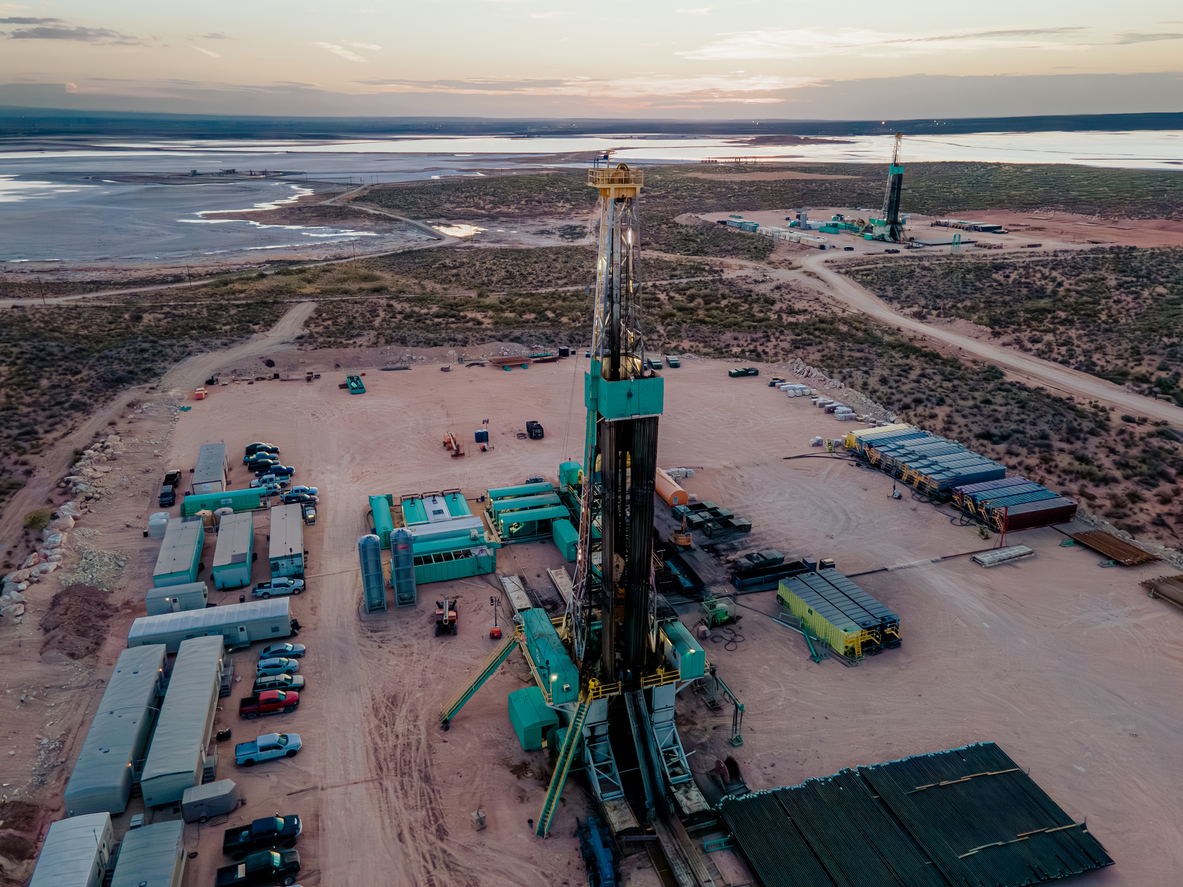
Spraberry Trend, Texas
The Spraberry Trend is a significant oil field in West Texas located within the Permian Basin. It is known for its vast reserves of unconventional oil trapped in the Spraberry Formation. The field's recoverable reserves are estimated at approximately 10 billion barrels of oil. With a peak production capacity of over 200,000 barrels per day, the Spraberry Trend has substantially impacted the United States oil industry.
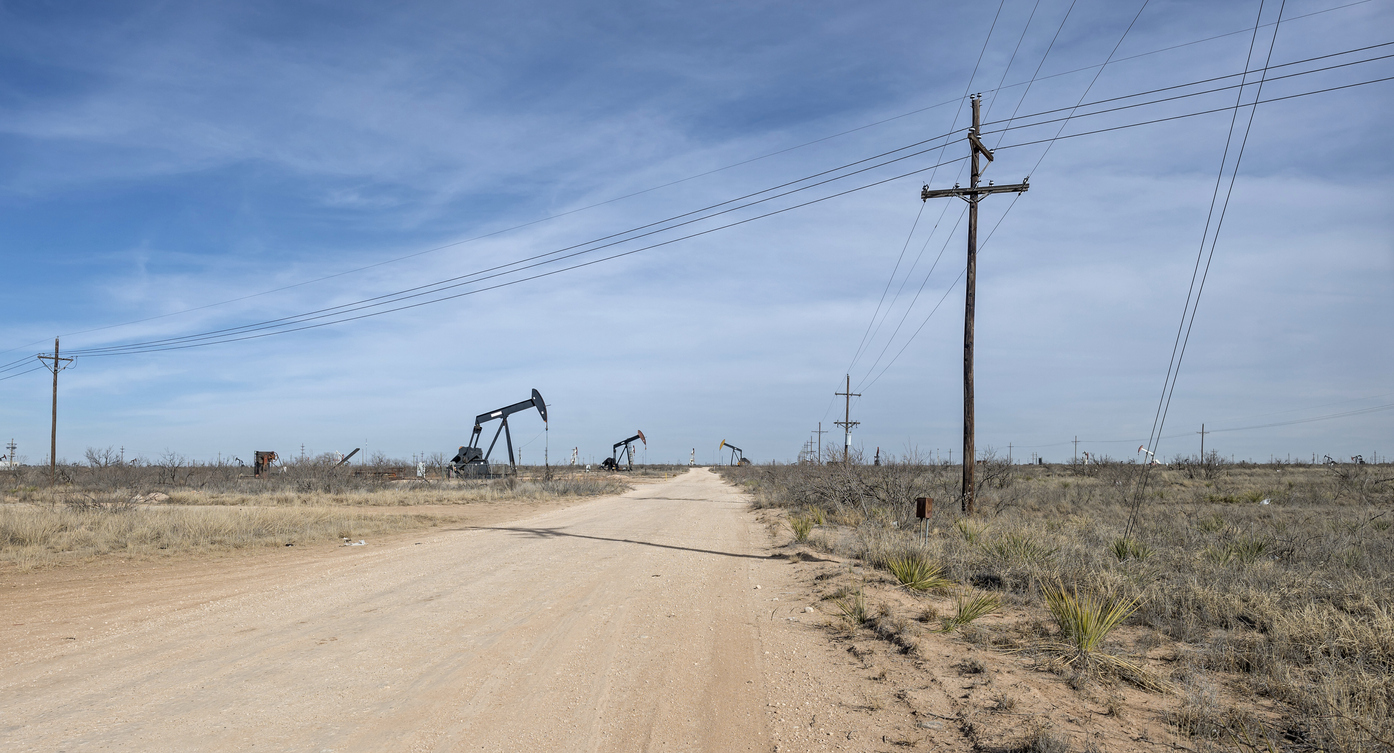
Marcellus Shale, Pennsylvania and West Virginia
The Marcellus Shale is the largest natural gas field in the United States, covering parts of Pennsylvania and West Virginia. It is also rich in oil and natural gas liquids. With recoverable reserves of around 141 trillion cubic feet of natural gas and approximately 9 billion barrels of natural gas liquids, the Marcellus Shale has significantly contributed to the country's energy production. The field has a peak production capacity of over 30 billion cubic feet of natural gas daily.
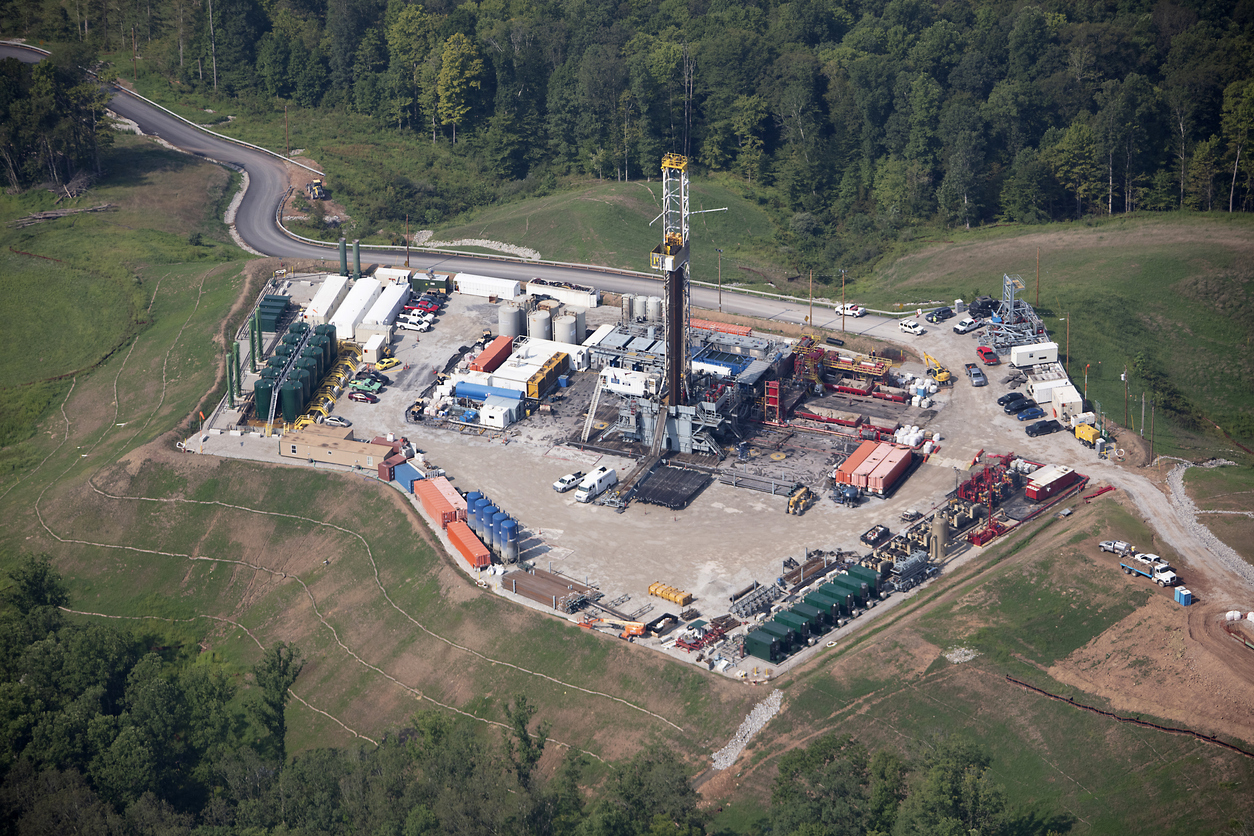
Wattenberg Field, Colorado
Situated in northeastern Colorado, the Wattenberg Field is one of the most prominent oil fields in the Rocky Mountain region. It spans Weld, Adams, and Broomfield counties and covers an area of approximately 2,400 square miles. The field's recoverable reserves are estimated to be around 1.5 billion barrels of oil equivalent (BOE). With a peak production capacity of over 100,000 barrels of oil per day, the Wattenberg Field has played a vital role in meeting the energy needs of the United States.
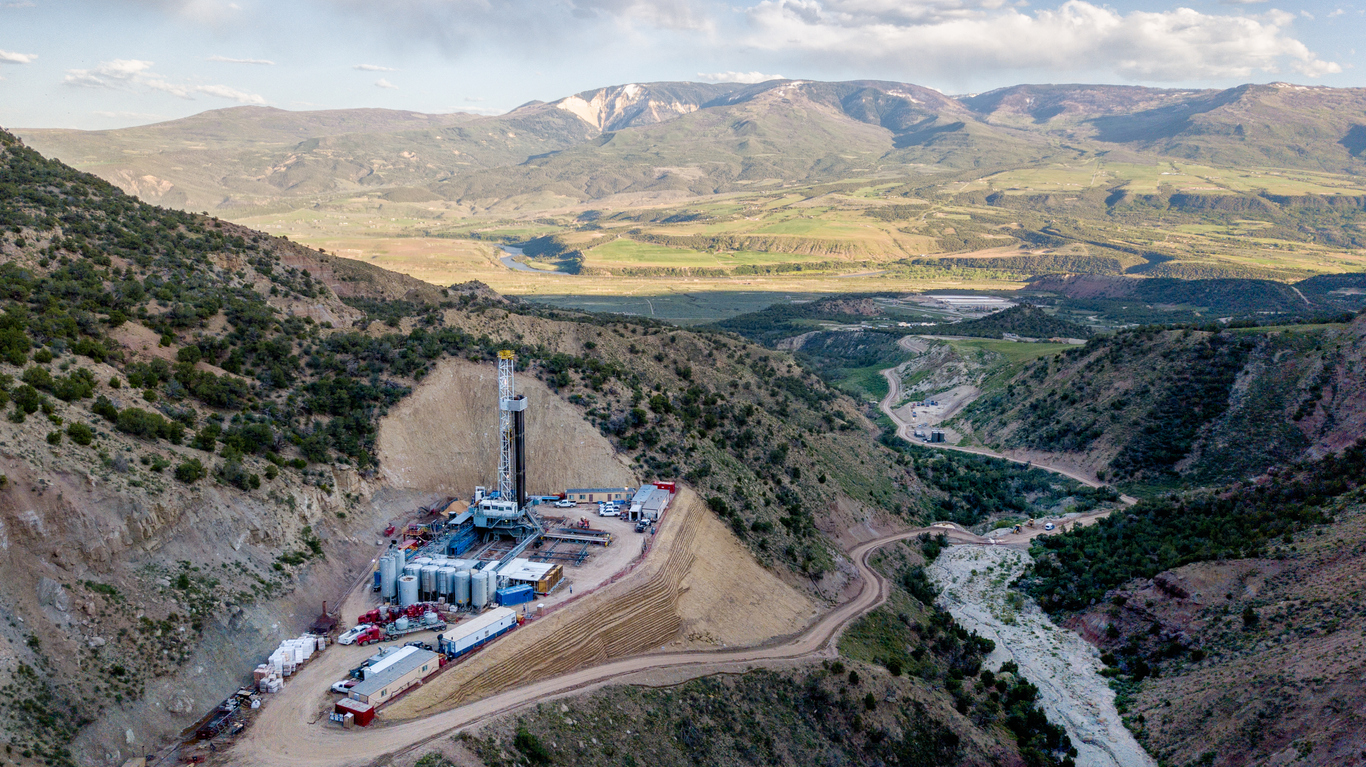
Austin Chalk, Texas and Louisiana
The Austin Chalk is an oil-rich formation in South Texas and parts of Louisiana. It has been a significant oil and natural gas producer for many years. The field's recoverable reserves are estimated to be around 3 billion barrels of oil equivalent (BOE). With a peak production capacity of over 200,000 barrels of oil daily, the Austin Chalk has been crucial in supporting the United States' oil industry.
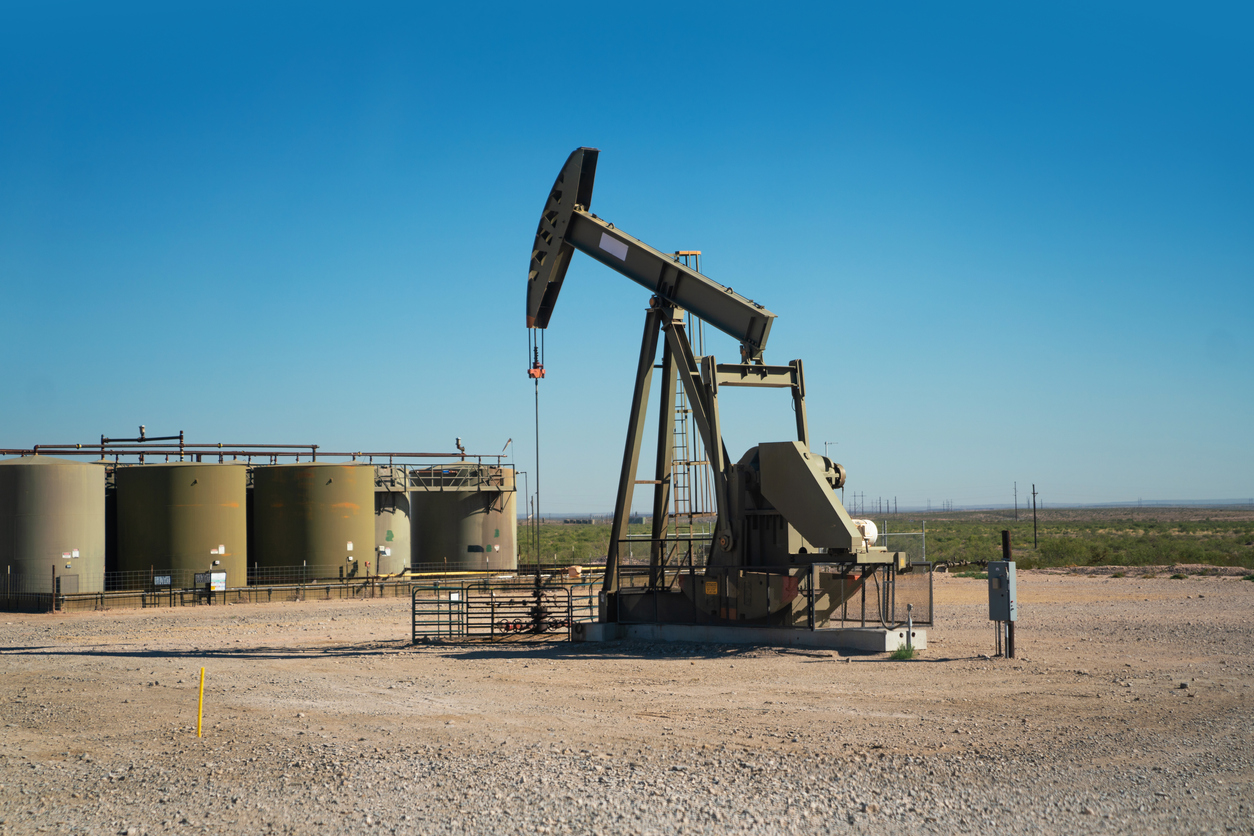
Uinta Basin, Utah and Colorado
The Uinta Basin, located in northeastern Utah and northwestern Colorado, is a major oil-producing region in the United States. It is known for its vast reserves of oil trapped in shale formations. The field's recoverable reserves are estimated to be around 1.5 billion barrels of oil equivalent (BOE). With a peak production capacity of over 60,000 barrels of oil daily, the Uinta Basin has been instrumental in meeting the country's energy demands.
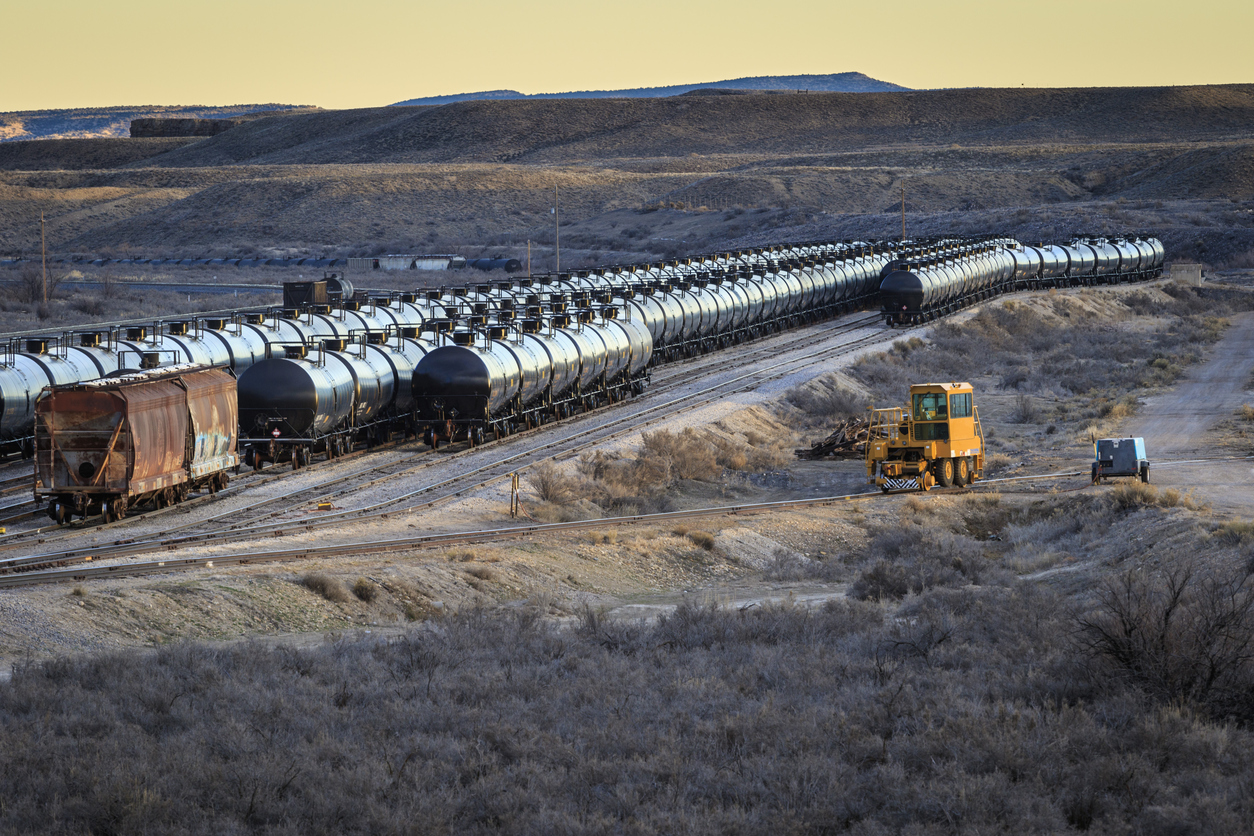
Niobrara Shale, Colorado and Wyoming
The Niobrara Shale is an oil-rich formation located in Colorado and Wyoming. It has gained significant attention in recent years due to its vast unconventional oil reserves. The field's recoverable reserves are estimated to be around 2 billion barrels of oil equivalent (BOE). With a peak production capacity of over 600,000 barrels of oil daily, the Niobrara Shale has become a crucial player in the United States oil industry.
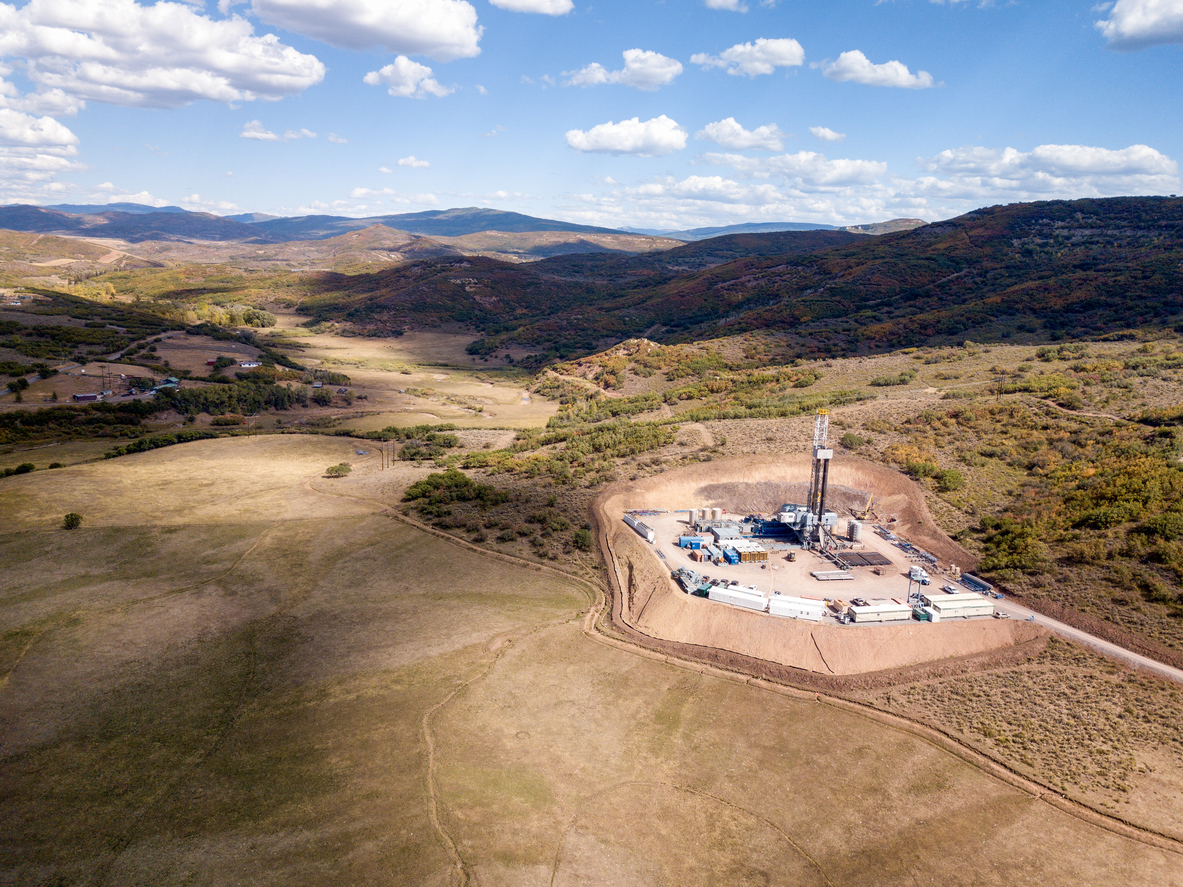
These top 10 largest oil fields in the United States have played a pivotal role in the country's energy production and economic growth. Their vast reserves and high production capacities have helped reduce dependence on foreign oil and strengthen the nation's energy independence. As the United States continues to focus on diversifying its energy sources, these oil fields will remain essential in meeting the country's energy needs for years to come.
NES Fircroft is supporting the Oil and Gas industry
NES Fircroft has been recruiting engineering and technical professionals for global oil & gas jobs since 1970. Our recruiters source candidates for some of the most significant energy projects worldwide, with positions available across various industry verticals. Upload your cv to our database or view our current vacancies to find your next role in the oil and gas industry.
Through tailored workforce solutions, we'll help energy clients to staff their projects, and through demonstrable experience (we're proud to look after over 12,500 contractors), our discipline-specific recruiters will help support contractors on their assignments and assist candidates in preparing for the job market.









